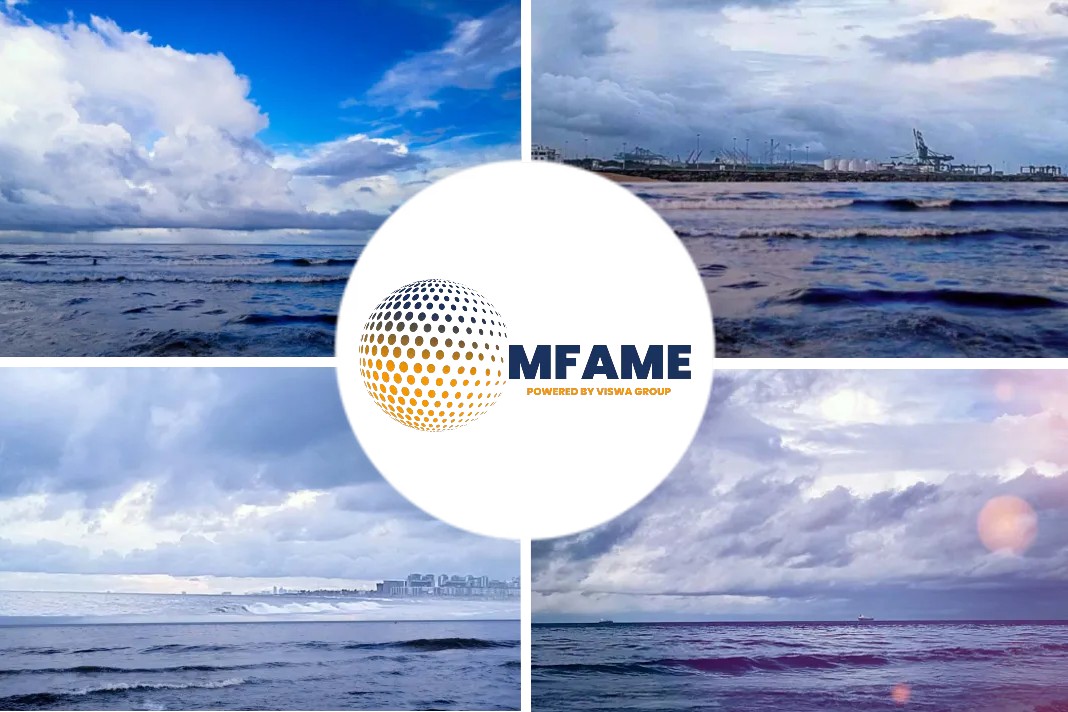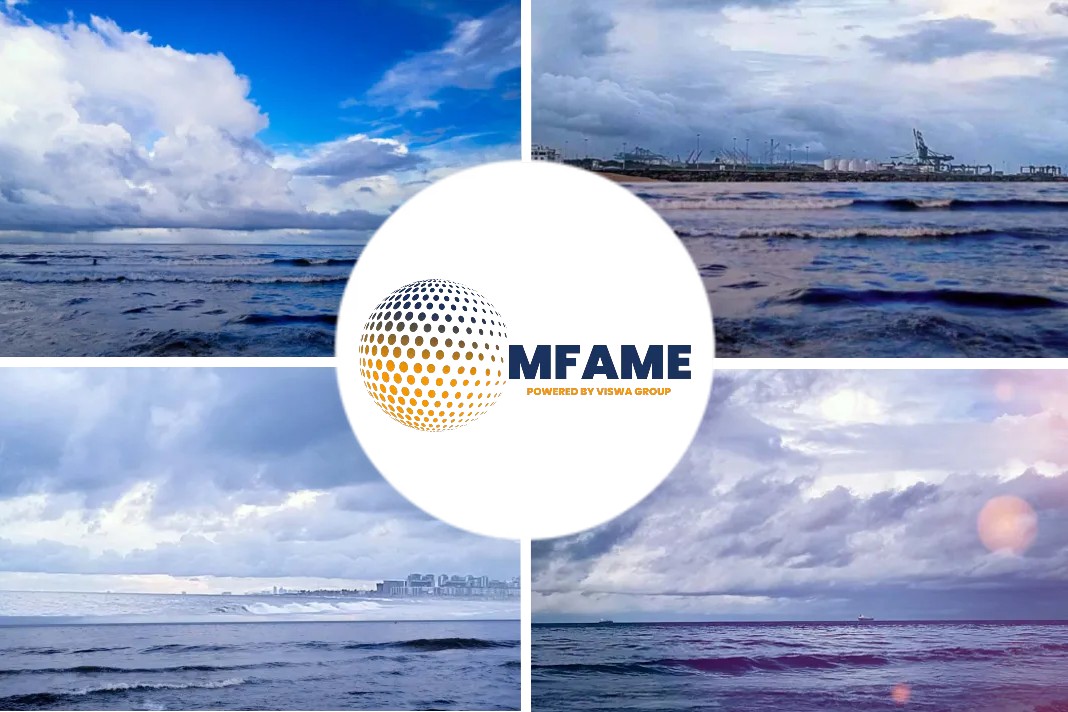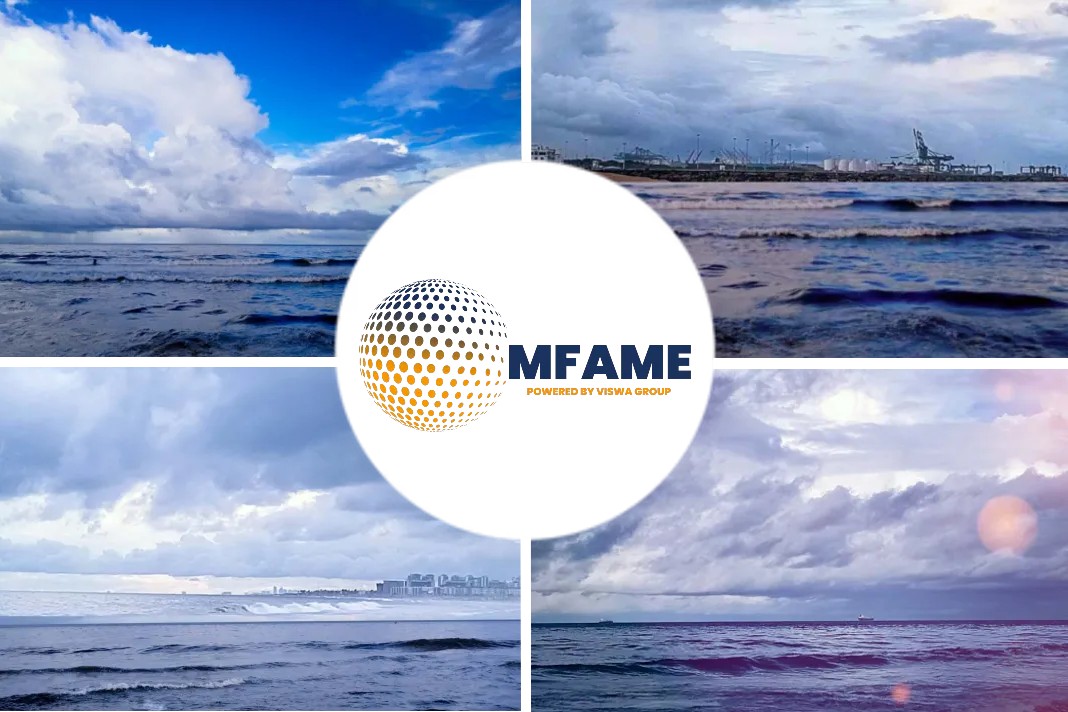- Important trans-Pacific container route between Asia and the U.S. continue to slide despite showing mixed signals.
- The third quarter was slower than predicted for the ocean shipping sector, particularly for workhorse very large crude carriers (VLCCs), which carry 2 million barrels of crude oil.
- VLCC rates as of August 21 were $42,800 per day, up 47% week-on-week and up 202% month-on-month.
- Navios Acquisition estimated that 2.7% of all VLCC capacity would be removed from service between now and year-end due to scrubbers installations.
- The index covering shipments from China to the North American West Coast shows the latest price at $1,326 per forty-foot-equivalent unit (FEU), down 35% year-on-year.
According to an article published in Freight Waves, ocean freight rates are showing mixed signals with spot rates for supertankers carrying crude oil is a positive indicator.
Rates continue to slide
On one hand, On the other, despite predictions to the contrary, rates along the all-important trans-Pacific container route between Asia and the U.S. continue to slide at a time when they should be going in the opposite direction.
VLCCs are back
There’s hope for crude tankers yet. The third quarter started out far slower than predicted for this ocean shipping sector, particularly for workhorse very large crude carriers (VLCCs), which carry 2 million barrels of crude oil each. Now, VLCCs are back in the saddle with the rates surging.
According to Clarksons Platou Securities, VLCC rates as of August 21 were $42,800 per day, up 47% week-on-week and up 202% month-on-month. On August 20, Clarksons Platou noted, “The current rate level is for most crude tanker companies double their cash breakeven, thus enabling significant cash generation.”
A further surge in rates
“Sentiment in the forward market remains encouraging, with fourth-quarter contracts trading up to $49,500/day [on Aug. 19], indicating a further surge in rates as we go into the fourth quarter,” the investment bank continued, attributing recent VLCC rate strength to “surging activity out of the Middle East.”
Stifel analyst Ben Nolan said of the VLCC sector’s abrupt turnaround, “What a difference a few weeks can make. There is likely an element of scrubber-related upside in VLCCs,” he noted. The IMO 2020 rule requires all vessels not equipped with exhaust-gas scrubbers to burn marine fuel with sulfur content of no more than 0.5% starting next year.
Scrubbers for long hauls
Scrubbers are most suitable on larger ships that do longer-haul routes, including VLCCs. During its quarterly call with analysts on August 21, executives of Navios Acquisition estimated that 2.7% of all VLCC capacity would be removed from service between now and year-end due to scrubbers installations. The fewer VLCCs in service, the higher the spot rates, all else being equal.
According to Nolan, “Whether the demand is better or supply is artificially compressed, as we move closer to the seasonally stronger time of year, paired with scrubber [related] fleet shrinkage, we expect the tanker market has seen the worst of 2019.”
VLCC rates on higher demand stemming from IMO 2020
The new rule will require the incremental production of a large volume of new ultra-low-sulfur fuel. One of the cited reasons for low VLCC rates in July was that global refineries had front-loaded and extended their maintenance and upgrade work to prepare for higher IMO 2020-related output in the second half.
For refineries to produce the incremental marine fuel volume, they would need more crude inputs, which should increase demand for VLCCs. It’s possible that this process is now beginning and partially supporting rates. Asked by FreightWaves for his view of the VLCC rate drivers, Jefferies shipping analyst Randy Giveans said that “we should start seeing additional ton-mile demand as a result of IMO 2020 in the coming months.”
More immediately, though, he attributed the VLCC rally to “increased fixture activity in the Middle East, much of which is going to Asia,” as well as rising post-maintenance refinery throughput, the scrubber-installation effect on vessel supply and the beginning of the use of VLCCs for floating storage.
Giveans cited limits on the VLCC rate gain, however, given that rates for Suezmaxes (smaller tankers that can carry 1 million barrels of crude oil) are 25-30% below those for VLCCs. “There will likely be some cargo splitting — one VLCC equals two Suezmaxes — which will put a ceiling on VLCC rates until Suezmax rates improve.”
Discounts to net asset value
According to Nolan, “With respect to the crude tanker equities, most are trading at discounts to net asset value [NAV], and if charter rates can stay around current levels, with perhaps an improvement in smaller ships, the companies should earn positive profits and add to NAV.”
The caveat, he said, is that “in a world where investors are clearly concerned about falling oil demand, it may be challenging for the value gap to close until sentiment has bottomed.”
Failure to launch (still) for trans-Pacific box rates
In the container shipping sector, the situation in the trans-Pacific trade is looking increasingly worrisome.
The cost to ship a box on a route is a reasonable proxy for demand, assuming there is not a significant increase or decrease in vessel supply on that route. The typical pattern is for trans-Pacific box shipping rates to increase in July and August as the traditional second-half peak shipping season begins.
Last year, that pattern was accentuated by importers’ rush to beat tariffs on Chinese goods. Over the past month, there has been speculation that new tariffs could be a positive for 2019 demand as well, albeit to a much lesser degree than in 2018.
Rebound rates remain flat
The rebound in box rates is just not happening, at least not yet. In fact, rates are falling. Rates are tracked by the Freightos Baltic Daily Index. The index covering shipments from China to the North American West Coast shows the latest price at $1,326 per forty-foot-equivalent unit (FEU), down 35% year-on-year.
The longer route from China via the Panama Canal to the U.S. East Coast is doing better rate-wise but is also down substantially. According to the Freightos index for that route, the cost is $2,667 per FEU, down 20% year-on-year.

On August 1, U.S. President Donald Trump announced via twitter a 10% tariff on $300 billion of Chinese goods starting September 1. On August 13, the U.S. Trade Representative announced delays on certain goods on the list until December 15.
It was speculated that these announcements would prompt at least some shippers to bring in cargoes early to beat tariffs, which would assumedly increase rates. However, since August 1, the Freightos index for China to the North American West Coast and to the U.S. East Coast are both down 11%.
Did you subscribe to our daily newsletter?
It’s Free! Click here to Subscribe!
Source: FreightWaves














![[Watch] Near Miss Collision Between Cargo Ships](https://mfame.guru/wp-content/uploads/2021/09/Cargo-vessel-collision-80x60.jpg)
